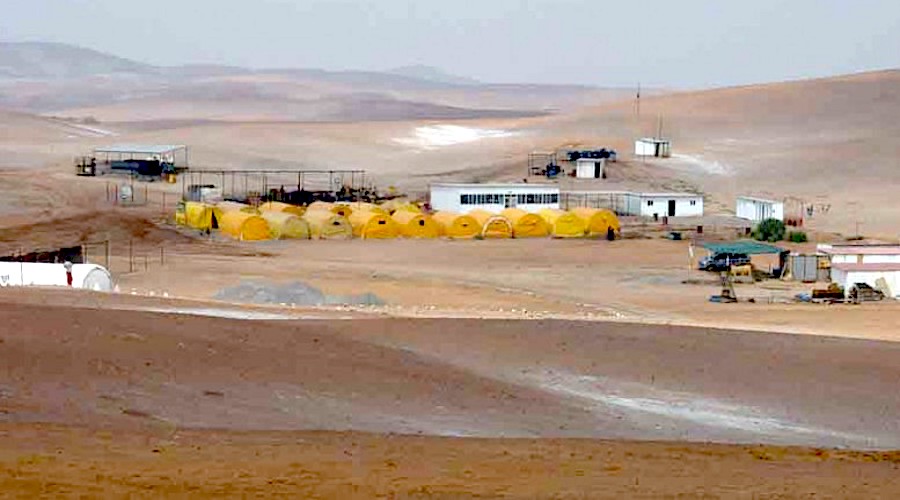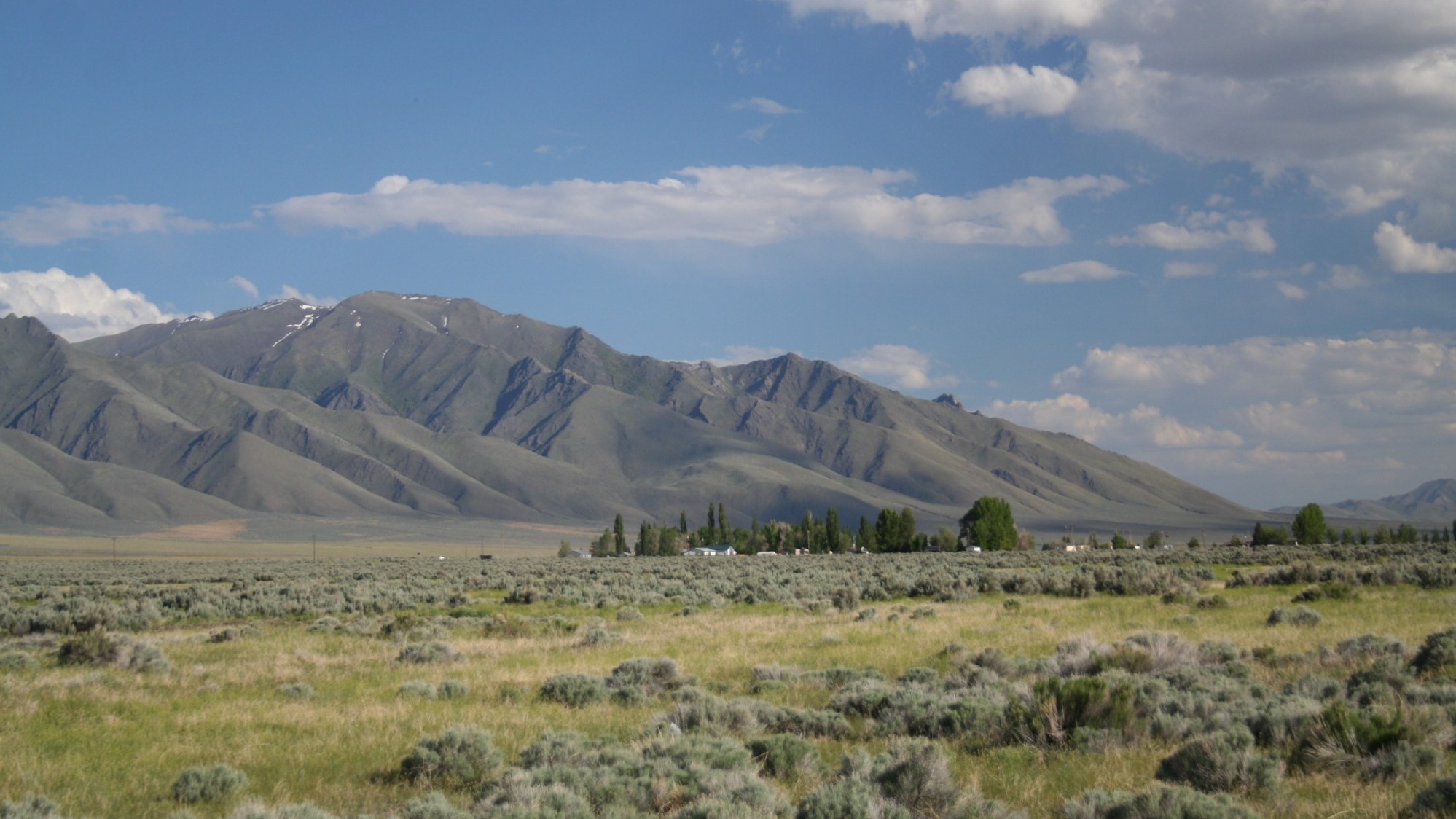Southern Copper keeps faith in iconic mine spurned by government

Southern Copper Corp. remains hopeful it can convince Peru’s new left-wing government of the merits of building a fiercely contested copper mine in the coastal mountains.
President Pedro Castillo has singled out the Tia Maria project as a non-starter under his administration, a view that was echoed by Minister of Energy and Mines Ivan Merino in a meeting with company executives Thursday.
But opposition to the project is based on incorrect assumptions about its ecological footprint, according to Chief Financial Officer Raul Jacob. For example, the mine will get its water from a desalination plant rather than dipping into the Tambo River and will use a leaching process that’s cleaner than conventional production methods, he said.
“This information may not be known by some of the authorities and that has created some miscommunication,” Jacob said in a telephone interview Friday. “It’s a matter of time before the authorities recognize the work we have been doing — not only on the technical and permitting side but also with the local population.”
Opposition to the project is based on incorrect assumptions about its ecological footprint, according to the company’s Chief Financial Officer
Developing the $1.4 billion project would be a major breakthrough in a country where mining’s relations with isolated rural communities often sour. The previous government’s 2019 decision to approve a license for Tia Maria unleashed weeks of protests in the Arequipa region.
‘Positive’ meeting
Jacob described the meeting with the minister as positive. The company laid out its $8 billion project pipeline in the country, as part of a company-wide goal of expanding its 1 million-ton capacity to 1.8 million tons by 2030.
Despite its ongoing opposition to Tia Maria, the Castillo administration is working on a new approach to community relations and red tape to unlock more of the country’s huge mineral wealth. Peru is the biggest copper producer after Chile and a major supplier of zinc and silver.
Southern Copper is “very close to signing a new social program” with communities for its Michiquillay project, Jacob said, adding that mining investments offer a much needed boost to local economies.
Still, the company will be paying close attention to policy priorities laid out by the prime minister in an upcoming presentation, which will help it make investment decisions. Castillo’s administration is studying a proposal to lift taxes and leave more of the mining windfall in the country.
Jacob said the company’s mines are running normally in the pandemic.
“We’re complying with our mining plans,” he said. “We’re expecting to be slightly higher than what we believed at the beginning of the year in terms of production.”
(By James Attwood, with assistance from María Cervantes)
More News
Lithium Americas reaches final investment decision for Thacker Pass mine
Once open, Thacker Pass is expected to produce 40,000 metric tons of battery-quality lithium carbonate per year.
April 01, 2025 | 03:05 pm
Gold retreats from record as traders brace for Trump’s tariffs
Traders are on edge as Trump plans to announce sweeping levies on all of America’s trading partners on Wednesday, raising the risks of retaliatory measures.
April 01, 2025 | 12:58 pm
{{ commodity.name }}
{{ post.title }}
{{ post.excerpt }}
{{ post.date }}



Comments